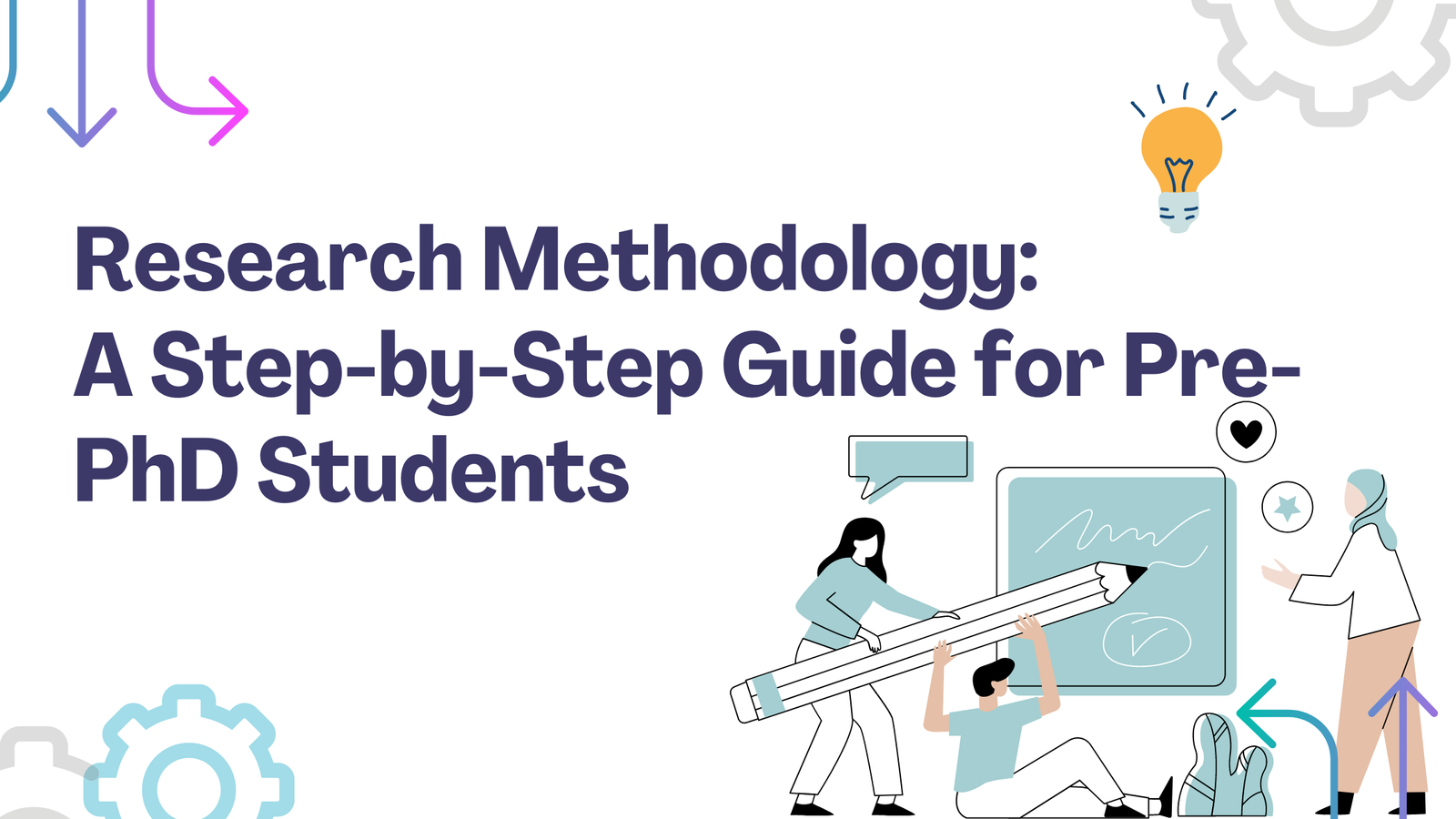Introduction to Mathematics for Machine Learning
Mathematics forms the backbone of machine learning, providing the theoretical framework and computational tools needed to design and implement algorithms. A thorough understanding of mathematical concepts allows practitioners to analyze, optimize, and improve models, enabling breakthroughs in fields like artificial intelligence, data science, and robotics. This article explores the key mathematical domains essential for machine learning, structured in the following modules:
-
Introduction to Mathematics for Machine Learning
-
Linear Algebra
-
Calculus
-
Probability and Statistics
-
Optimization
-
Advanced Topics
-
Applications and Case Studies
Introduction to Mathematics for Machine Learning
Importance of Mathematics
Machine learning leverages mathematical principles to extract patterns and insights from data. Mathematics enables:
-
Representing data as vectors and matrices.
-
Optimizing algorithms for efficiency and accuracy.
-
Measuring uncertainties and making probabilistic predictions.
A strong mathematical foundation is essential for understanding and implementing advanced machine learning models.
Overview of Key Areas
The core mathematical disciplines in machine learning include:
-
Linear Algebra: Data representation and transformations.
-
Calculus: Optimization and gradient-based learning.
-
Probability and Statistics: Modeling uncertainty and making predictions.
-
Optimization: Minimizing loss functions and improving model performance.
These areas provide the tools needed to address complex problems and build robust models.
Linear Algebra
Linear algebra is fundamental to machine learning as it provides tools for data representation, transformations, and computations.
Vectors and Matrices
-
Scalars, Vectors, and Matrices
-
Scalars: Single numbers.
-
Vectors: Ordered lists of numbers, representing data points or directions.
-
Matrices: 2D arrays of numbers, used for organizing datasets or transformations.
-
-
Basic Operations
-
Addition, subtraction, and scalar multiplication.
-
Dot product: Measures similarity between vectors.
-
Cross product: Finds orthogonal vectors in 3D space.
-
Matrix Operations
-
Transpose: Switching rows and columns.
-
Determinant: Measures the matrix’s scaling factor.
-
Inverse: Computes the reverse transformation (if it exists).
-
Decompositions
-
Eigenvalues and Eigenvectors: Capture important properties of matrices.
-
Singular Value Decomposition (SVD): Used in dimensionality reduction and PCA.
-
Applications in Machine Learning
-
Data Representation: Datasets are often stored as matrices.
-
Linear Transformations: Used in algorithms like Principal Component Analysis (PCA).
-
Feature Engineering: Extracting and transforming features for better performance.
Calculus
Calculus plays a crucial role in machine learning, particularly in model optimization and training.
Differentiation
-
Derivatives: Represent the rate of change of a function.
-
Partial Derivatives: Measure changes with respect to multiple variables.
-
Gradients: Generalize derivatives to multi-dimensional functions.
-
Chain Rule: Calculates derivatives of composite functions; crucial for backpropagation in neural networks.
Integration
-
Definite and Indefinite Integrals: Summarize area under curves.
-
Multivariable Integration: Used in probabilistic models and distributions.
Applications in Machine Learning
-
Optimization: Gradient descent uses derivatives to minimize loss functions.
-
Loss Landscapes: Analyzing how changes in parameters affect model performance.
-
Backpropagation: Training deep learning models through efficient gradient computation.
Probability and Statistics
Probability and statistics provide the theoretical framework for modeling uncertainty and variability in data.
Fundamentals of Probability
-
Basics
-
Events, sample spaces, and probability rules.
-
Conditional probability and Bayes’ Theorem.
-
-
Random Variables
-
Discrete: Outcomes like dice rolls.
-
Continuous: Outcomes like temperatures.
-
-
Distributions
-
Common distributions: Bernoulli, Binomial, Poisson, Normal, Exponential.
-
Statistics
-
Descriptive Statistics: Mean, median, variance, standard deviation.
-
Inferential Statistics: Hypothesis testing, confidence intervals.
-
Bayesian Statistics: Combining prior knowledge with observed data.
Applications in Machine Learning
-
Probabilistic Models: Algorithms like Naive Bayes and Gaussian Mixture Models.
-
Uncertainty Estimation: Understanding model confidence and making probabilistic predictions.
-
Evaluation Metrics: Statistical methods for model evaluation (e.g., precision, recall, F1-score).
Optimization
Optimization is critical for training machine learning models by finding the best parameters to minimize errors.
Optimization Basics
-
Objective Functions: Define what the algorithm seeks to minimize or maximize (e.g., loss functions).
-
Convexity: Convex functions have a single global minimum, simplifying optimization.
Optimization Algorithms
-
Gradient Descent
-
Batch Gradient Descent.
-
Stochastic Gradient Descent (SGD).
-
Mini-Batch Gradient Descent.
-
-
Advanced Algorithms
-
Adam, RMSprop, Momentum.
-
Applications in Machine Learning
-
Model Training: Optimizing weights and biases in neural networks.
-
Regularization: Techniques like L1, L2, and Elastic Net to prevent overfitting.
-
Hyperparameter Tuning: Optimizing parameters like learning rates and batch sizes.
Advanced Topics
Advanced mathematical concepts further deepen the understanding and capabilities in machine learning.
Multivariate Calculus
-
Jacobians: Generalize gradients to vector-valued functions.
-
Hessians: Represent second-order derivatives for analyzing curvature.
-
Taylor Series Approximations: Approximate complex functions locally.
Linear Algebra Advanced Topics
-
Gram-Schmidt Process: Orthogonalizing vectors in a basis.
-
Moore-Penrose Pseudoinverse: Useful for solving systems of linear equations.
Probability Advanced Topics
-
Markov Chains: Model sequences of events.
-
Information Theory: Concepts like entropy and KL divergence for understanding information content.
Optimization Advanced Topics
-
Convex Optimization Theory: Rigorous treatment of convex functions.
-
Duality and Lagrange Multipliers: Solving constrained optimization problems.
Applications and Case Studies
Case Studies
-
Principal Component Analysis (PCA): Dimensionality reduction using eigenvectors and eigenvalues.
-
Support Vector Machines (SVMs): Utilizing kernel tricks for non-linear classification.
-
Neural Networks: Leveraging gradient-based optimization and backpropagation.
End-to-End Machine Learning Pipeline
-
Data Preprocessing
-
Handling missing data.
-
Scaling and normalization.
-
-
Feature Engineering
-
Selecting and transforming features.
-
Creating new features from raw data.
-
-
Model Training and Evaluation
-
Splitting data into training and testing sets.
-
Using metrics like accuracy, precision, recall, and F1-score.
-
-
Interpretability and Explainability
-
Analyzing model outputs for better understanding and trustworthiness.
-
Mathematics for machine learning provides the foundational tools and concepts required to build, understand, and optimize algorithms. A solid grasp of linear algebra, calculus, probability, and optimization equips practitioners to solve complex problems effectively and innovate in the rapidly evolving field of machine learning. Whether developing neural networks or fine-tuning probabilistic models, mathematics remains the key to unlocking the full potential of machine learning.
Latest Posts

Difference between Qualitative and Quantitative Research with Example
Research methodologies can be broadly categorized into qualitative and quantitative approaches. This article explores these differences using an example, including the use of statistics.

What is Qualitative Research Methodology, Methods and Steps
This comprehensive guide delves into the key aspects of qualitative research methodologies, supported by an example and insights into the qualitative research process.

Prim's Algorithm: Understanding Minimum Spanning Trees
Prim's Algorithm is a greedy algorithm used to find the Minimum Spanning Tree (MST) of a weighted, undirected graph.

Huffman Coding Algorithm Tutorial
Huffman Coding is a widely used algorithm for lossless data compression. It assigns variable-length codes to input characters, with shorter codes assigned to more frequent characters.

A step by step approach to learn Greedy Algorithm - Data Structure and Algorithms
A greedy algorithm is an approach for solving problems by making a sequence of choices, each of which looks best at the moment.

How to write an APA-style research proposal for PhD Admission
Writing a research proposal in APA (American Psychological Association) style involves adhering to specific formatting guidelines and organizational structure.

25 steps for Writing a Research Proposal: From Doctoral Research Proposals to Grant Writing and Project Proposals
In this How to write a research proposal guide, we break down the process of writing a research proposal into 25 detailed sections.

Mastering Linear Regression: A Comprehensive Guide to Data Collection and Analysis for Predictive Modeling
This article provides a comprehensive guide to mastering linear regression, focusing on data collection and analysis.

Apple Unveils Groundbreaking AI Innovations at WWDC 2024: Introducing Apple Intelligence and Siri's ChatGPT Integration
Apple's WWDC 2024 introduces Apple Intelligence, revolutionizing AI integration with smarter Siri, ChatGPT capabilities, and innovative features across iOS, iPadOS, and MacOS for enhanced user experience.

Research Methodology: A Step-by-Step Guide for Pre-PhD Students
research is a journey of discovery, and each step you take brings you closer to finding answers to your research questions.